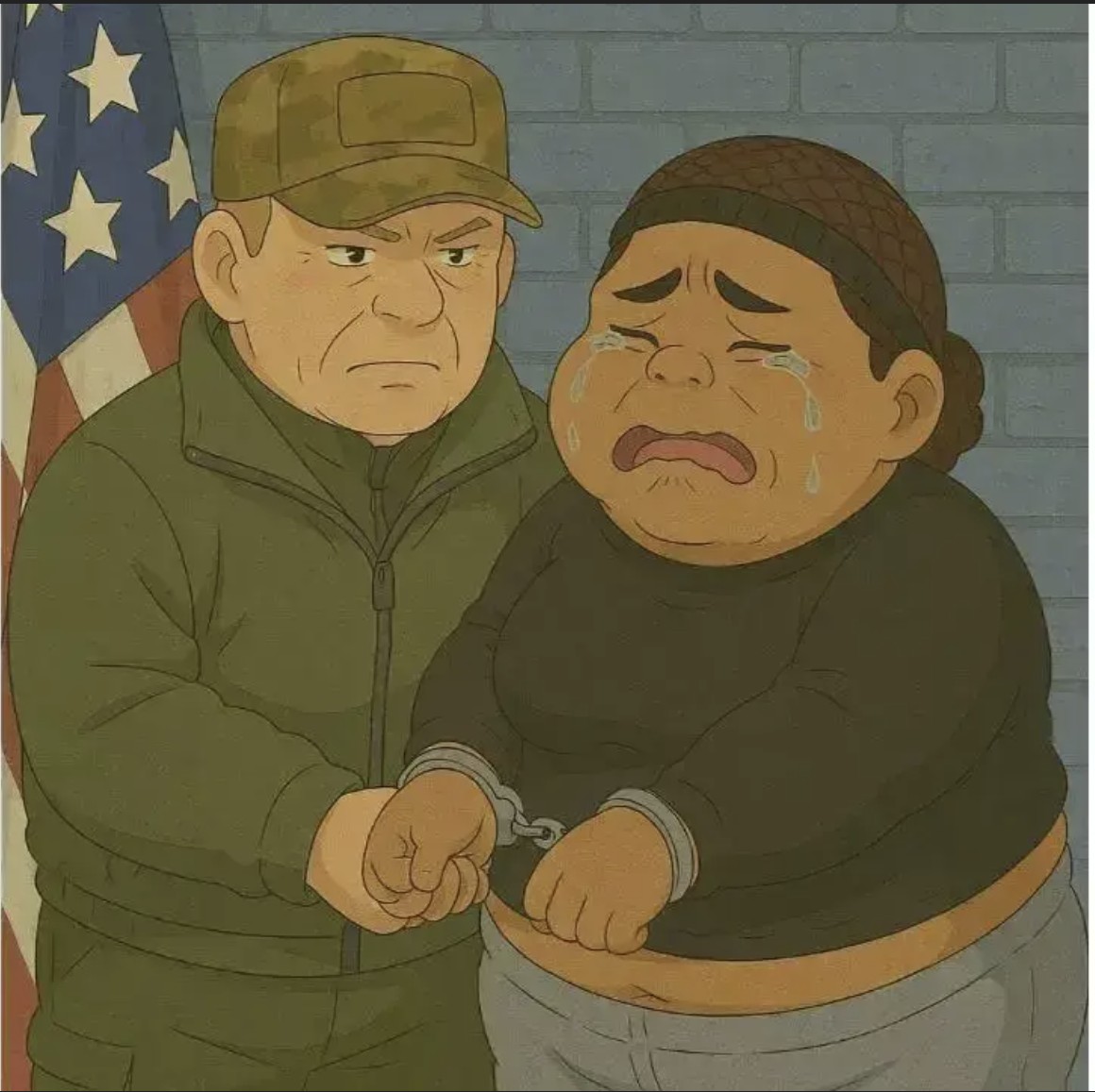The recent controversy surrounding a Ghibli-inspired image of a convicted fentanyl dealer, which was shared by the White House, has ignited a storm of criticism and debate. The uproar centers on the use of a whimsical art style traditionally reserved for heartwarming tales, being controversially associated with a severe and ongoing opioid crisis. This SEO-optimized article delves into the origins of this incident, the public’s reaction, and the broader implications of media representation in the age of digital communication.
The Incident: A Mix of Anime and Policy Communication
In an era marked by rapidly evolving digital narratives, the White House made an unconventional choice to employ a Studio Ghibli-inspired art style for its communication strategy. The decision aimed to draw attention to the administration’s stance and actions against illegal drug activities, particularly focusing on a fentanyl dealer’s conviction.
– Fentanyl Crisis: The United States has been grappling with a severe opioid crisis, with fentanyl being one of the most potent and deadly drugs contributing to the epidemic.
– Conviction Highlight: The image was intended to spotlight the conviction of a notable fentanyl dealer, serving as a deterrent and demonstrating the administration’s dedication to tackling drug-related crimes.
However, the choice of imagery—a style synonymous with family-friendly narratives and fantasy worlds—was swiftly met with backlash, igniting a debate about appropriateness and sensitivity.
Public Backlash: An Unexpected Response
The fusion of a light-hearted anime style with somber subject matter unsurprisingly led to a strong reaction from the public and media alike. Critics voiced concerns over the disconnect between the art style and the gravity of the topic at hand.
Understanding the Studio Ghibli Style
To fully grasp the discordance between content and style, understanding the Studio Ghibli aesthetic is essential. Studio Ghibli is lauded worldwide for its emotive storytelling and beautifully crafted worlds, where the narratives often focus on innocence, environmental consciousness, and human connection.
The Role of Media Representation
In the digital age, how stories are told and represented carries significant weight, influencing public perception and understanding. This incident with the White House underscores the critical role that visual depictions play in media strategy.
– Visual Communication: The choice of a visual medium to convey policy information reflects an understanding of the power of imagery in capturing attention. However, with powerful imagery comes the responsibility of context and alignment with content.
– Impact on Public Discourse: Whether deliberately provocative or a misstep, the use of such a style sparked necessary conversations about how drug crises and criminal justice issues are depicted to the public.
The Broader Implications
This controversy serves as a broader commentary on the intersection of art, politics, and social issues. It raises questions about the evolving landscape of government communication and the appropriateness of employing novel or unconventional methods to engage with the public.
Lessons Learned and Future Considerations
Going forward, this incident should serve as a learning opportunity for government agencies and other institutions when considering the use of artistic styles in serious contexts.
Conclusion
The White House’s controversial use of a Ghibli-inspired image has sparked significant debate and introspection. Although the art style was chosen to bring attention to efforts against fentanyl distribution, it inadvertently highlighted the delicate balance of representation and sensitivity in public discourse. As agencies continue to navigate these complex landscapes, the key takeaway remains the same: messaging matters, and the methods used must be as carefully considered as the message itself.
“`




